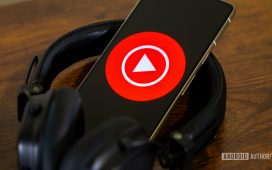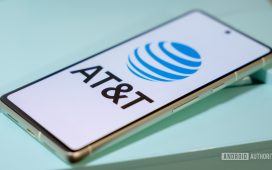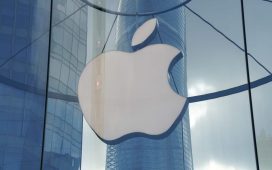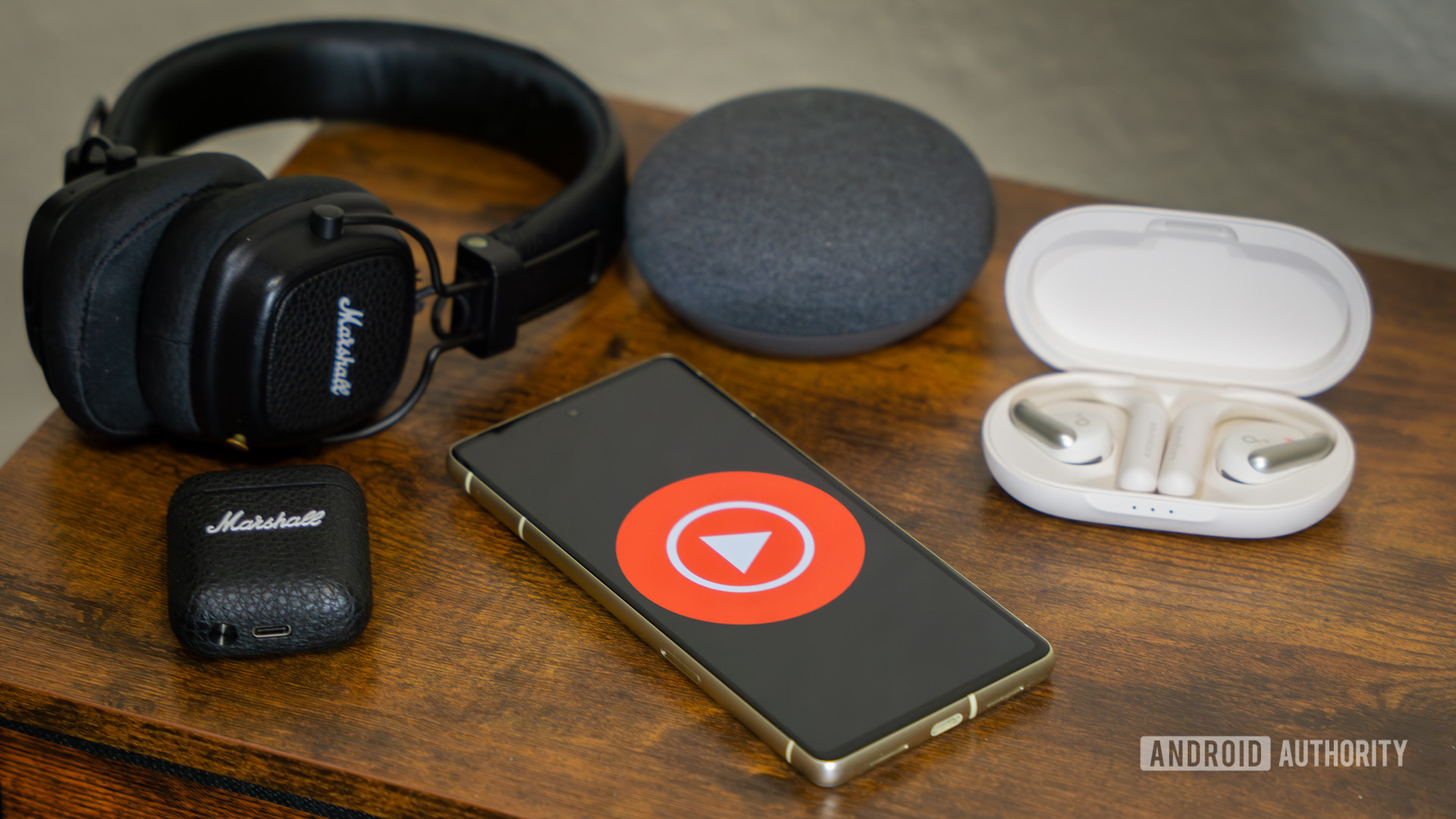
Edgar Cervantes / Android Authority
Shakespeare said, “If music be the food of love, play on,” but he didn’t have licensing rights to contend with. Over the weekend, some YouTube and YouTube Music users suddenly found that many popular songs had vanished from the streaming service. Attempting to play some of your favorite tracks now brings up an error message stating, “This video contains content from SESAC. It is not available in your country.”
What happened to these tracks? And when will they be coming back? We’ve got the complete low-down on what’s going on in this YouTube and SESAC saga.
Why has the music vanished?
The disappearance of songs on YouTube resulted from a licensing deal between the platform and the Society of European Stage Authors and Composers (SESAC) that expired without a new agreement in place. SESAC represents many high-profile artists, and without a valid license, YouTube is legally required to block access to songs represented by the organization. As a result, many tracks have been removed from YouTube’s library, affecting both the main platform and its music streaming service, YouTube Music.
YouTube confirmed the situation through its TeamYouTube account on X, stating: “Our music license agreement with SESAC has expired without an agreement on renewal conditions despite our best efforts. For this reason, we have blocked content on YouTube in the US.” The company emphasized that they take copyright very seriously and are continuing negotiations with SESAC.
When will the dispute be resolved?
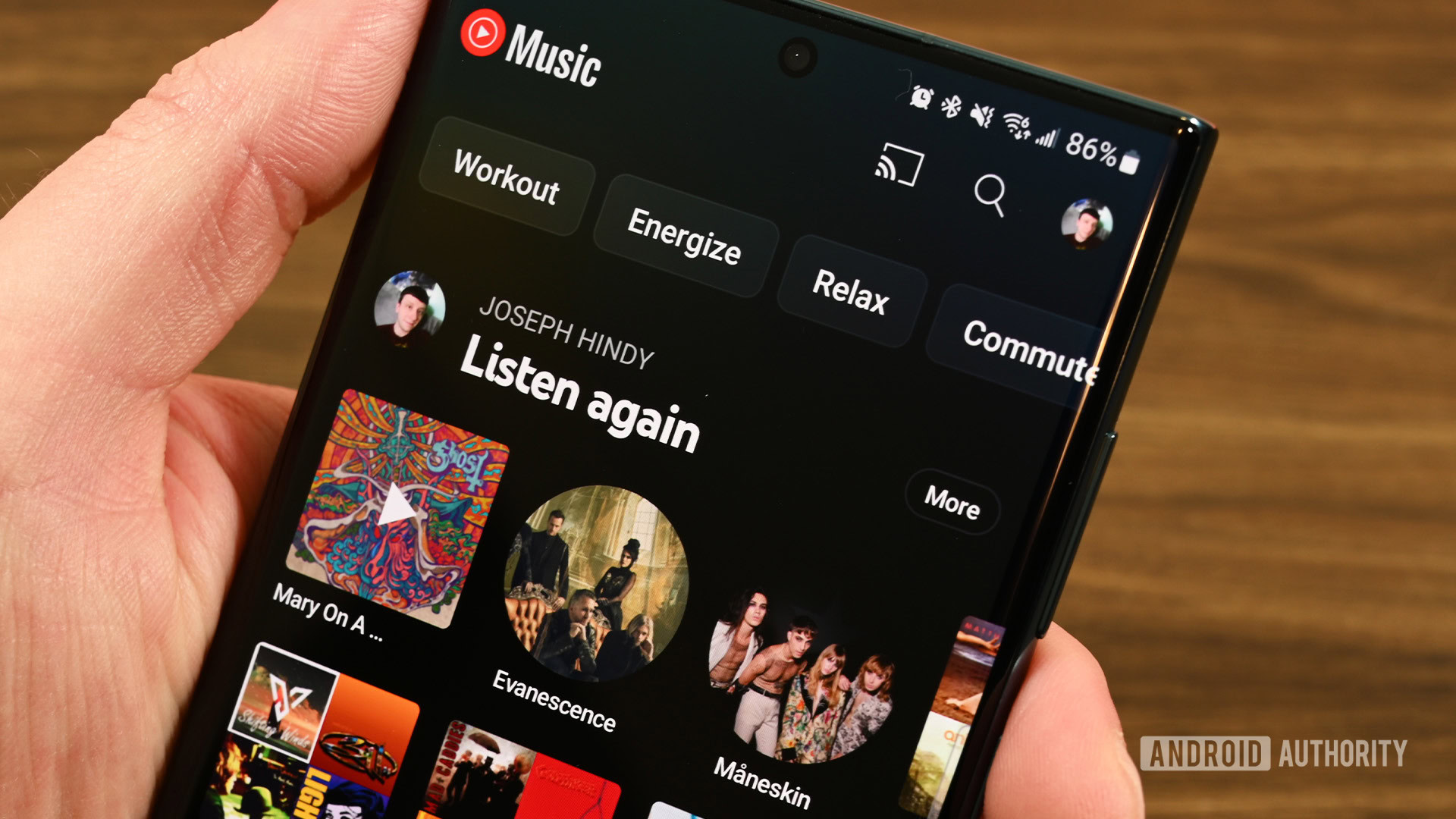
Joe Hindy / Android Authority
At the moment, there is no clear timeline for when the issue will be resolved. YouTube has stated that it is in “active conversations” with SESAC to reach a new agreement. However, disputes like this can get messy. For instance, a similar disagreement between Universal Music Group (UMG) and TikTok earlier this year took several months to resolve.
We don’t know what’s happening behind the scenes, but it’s a safe bet that both parties will be keen to reach a swift resolution.
The loss of premier content for YouTube, especially on its dedicated music streaming service, isn’t a good look. More importantly for the platform, the longer the dispute goes on, the more likely subscribers are to consider switching to a rival streaming service, especially those users who are fans of SESAC-affiliated artists.
SESAC might hold more cards in the negotiation, but it’s costly to have it drag out. While no agreement is in place, its members not getting royalties from their music being played, and SESAC is missing out on its cut.
Which countries are affected?
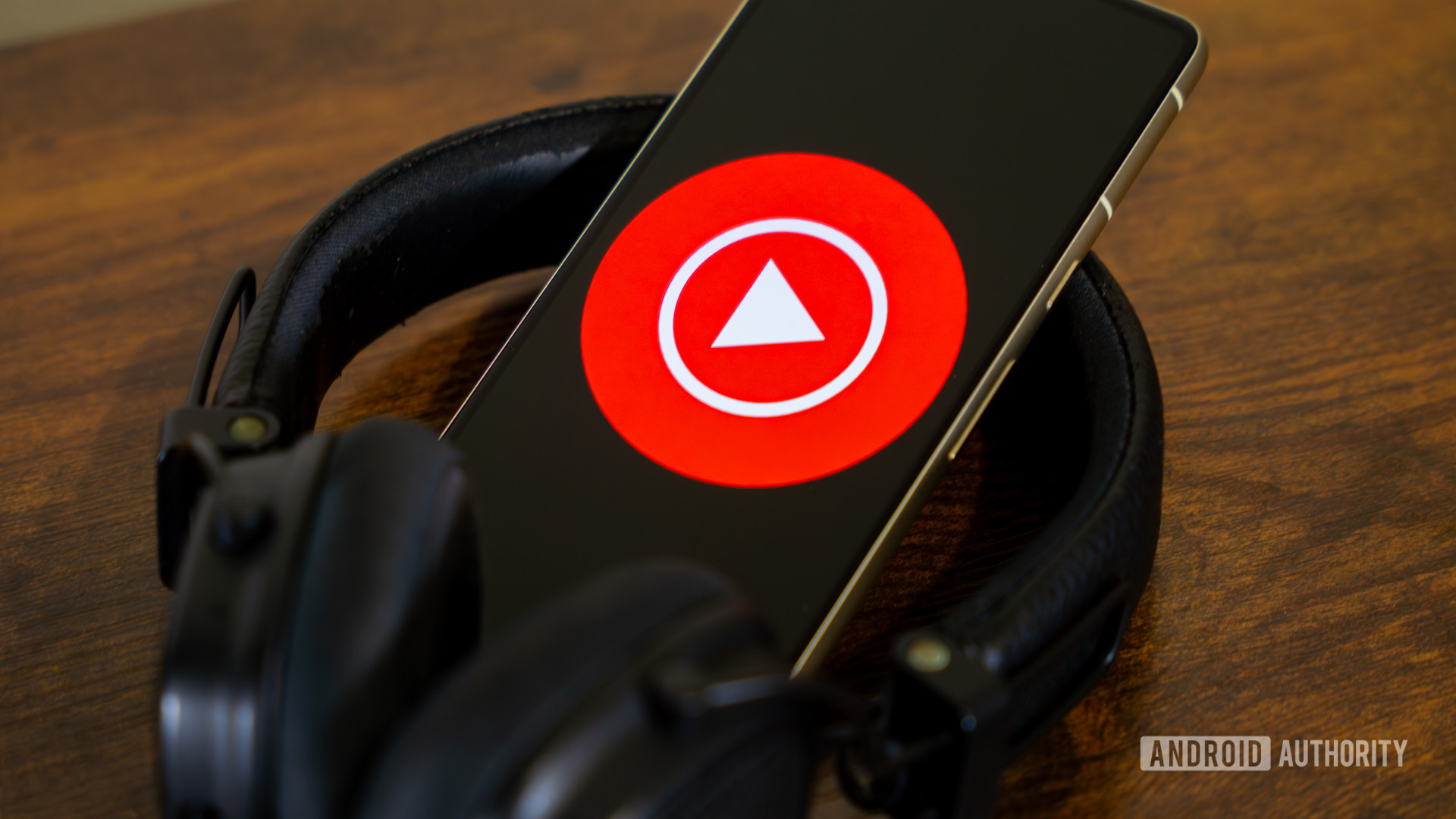
Edgar Cervantes / Android Authority
At the time of writing, the YouTube and SESAC licensing dispute only impacts users of the streaming platform in the United States. Both party’s influence extends internationally, but we can infer that this stalemate only applies to the specific license and regulation agreement that relates to the US market.
There isn’t currently any reason to believe that music will be removed from YouTube in other regions. The same parties will be subject to the agreements for each region, and high-profile standoffs like this can’t be great for future negotiations. However, there wasn’t an adverse event that led to the US situation — a licensing agreement expired, and the parties haven’t yet been able to agree on new terms.
Which artists aren’t available?
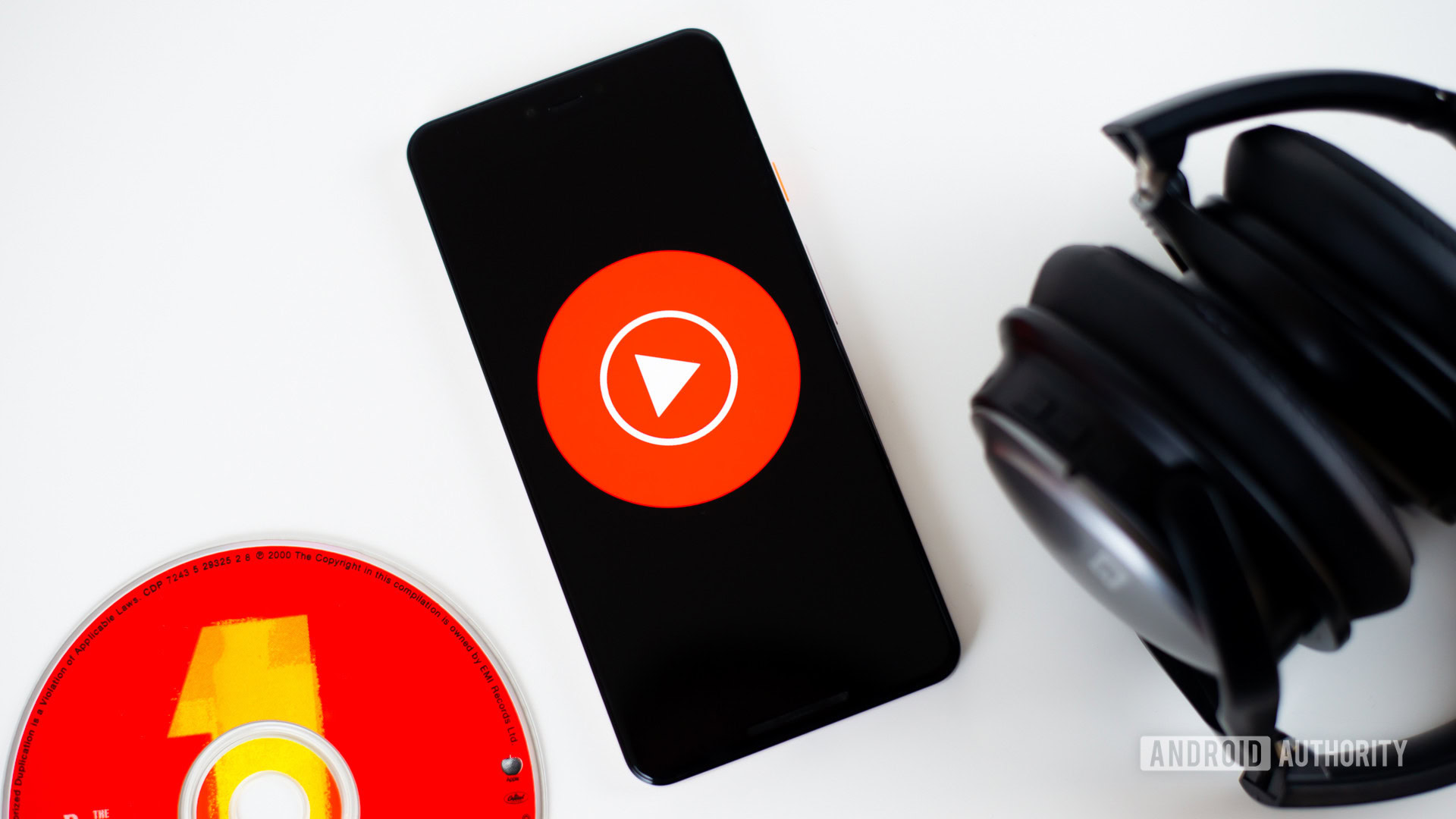
Edgar Cervantes / Android Authority
SESAC represents over 30,000 songwriters and composers, and many of their tracks have disappeared from YouTube as part of this dispute. However, the takedown also extends to content that features SESAC-affiliated songwriters. This has led to some inconsistency, as not all of the affected artists’ tracks are unavailable. On the flip side of that, even cover versions, remixes, and fan edits using SESAC-licensed audio are being blocked, leaving a wide range of content suddenly missing.
The artists that have been affected by the dispute include the following big names:
- Adele
- Kendrick Lamar
- Nirvana
- Bob Dylan
- Green Day
- Mariah Carey
- R.E.M.
- Rush
- Burna Boy
- J. Cole
- Coheed and Cambria
- Glass Animals
- Alex G
- Kanye West
- Gorillaz
- Sam Smith
- Guns N’ Roses
Should you switch to a different streaming service?
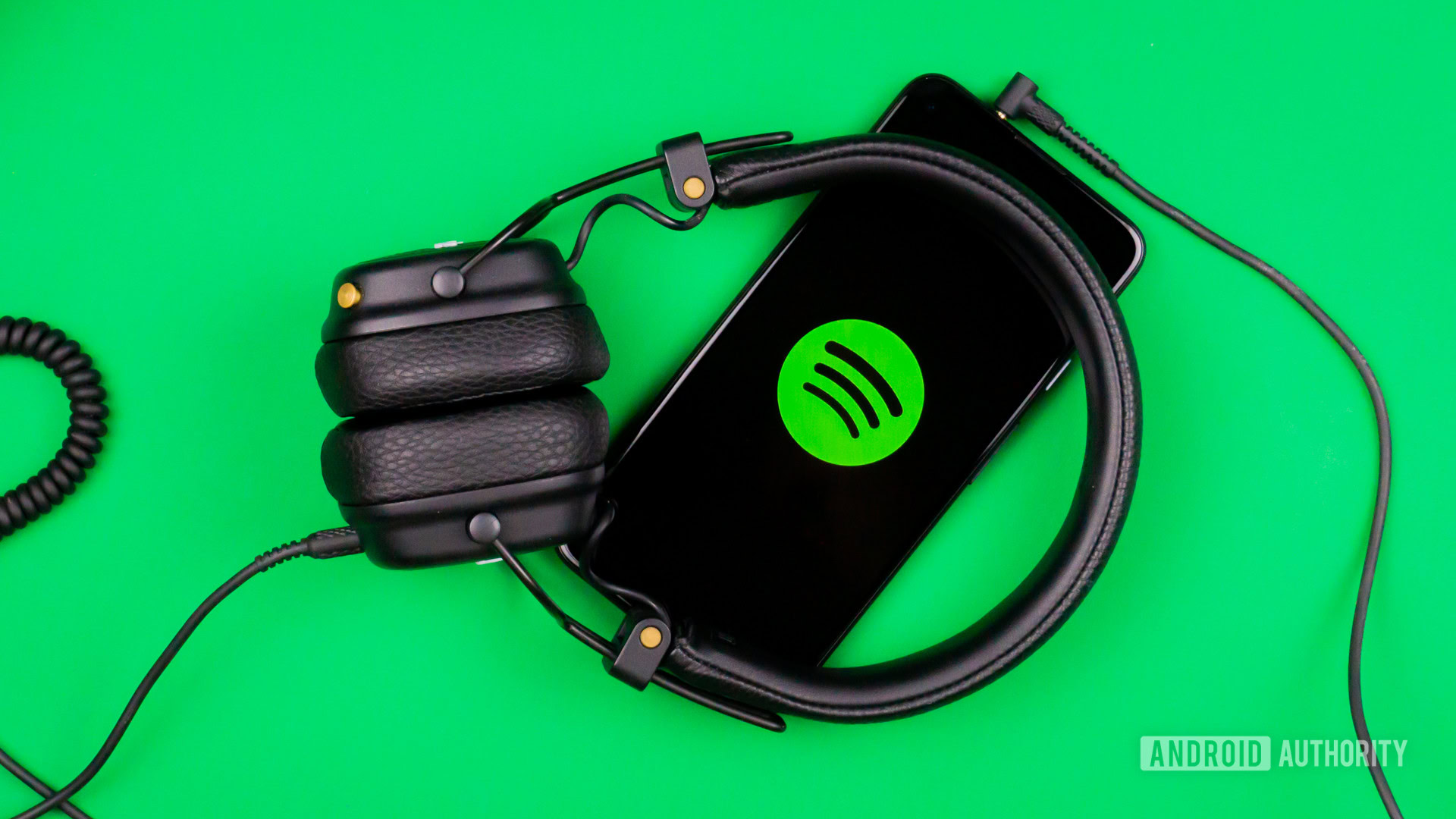
Edgar Cervantes / Android Authority
If you rely on YouTube or YouTube Music as your primary music platform, this disruption could be frustrating. Switching to another service might be a short-term solution as platforms like Spotify, Apple Music, and Amazon Music still have access to SESAC-represented songs, but these services also face similar licensing issues occasionally.
It’s worth noting that this isn’t YouTube’s first disruption of this nature and the Google-owned service typically resolves disputes like this through ongoing negotiations. As discussed above, it’s a reasonable assumption that the missing tracks will return in the near future. But nothing is guaranteed.
At the end of the day, you’re always weighing up a number of factors when it comes to deciding which streaming services to spend your money on, such as price, library, features, and so on. This disruption, which we can assume is temporary for the time being, is just another element to take into account.
Can you access the missing music with a VPN?

Edgar Cervantes / Android Authority
Whether you can access the music with a VPN and whether you should are two different questions.
Using a VPN to access the blocked songs is theoretically possible but not recommended. Since the content is only restricted in the US, a VPN could be used to connect to servers in countries where the music is still available. However, this could violate YouTube’s terms of service, and the platform may take action against users who attempt to bypass regional restrictions in this way. A VPN also doesn’t always guarantee seamless access, as YouTube employs measures to detect and block VPN usage.
The risk of losing your account is more than just speculative, with recent reports of YouTube clamping down on using this VPN workaround.



